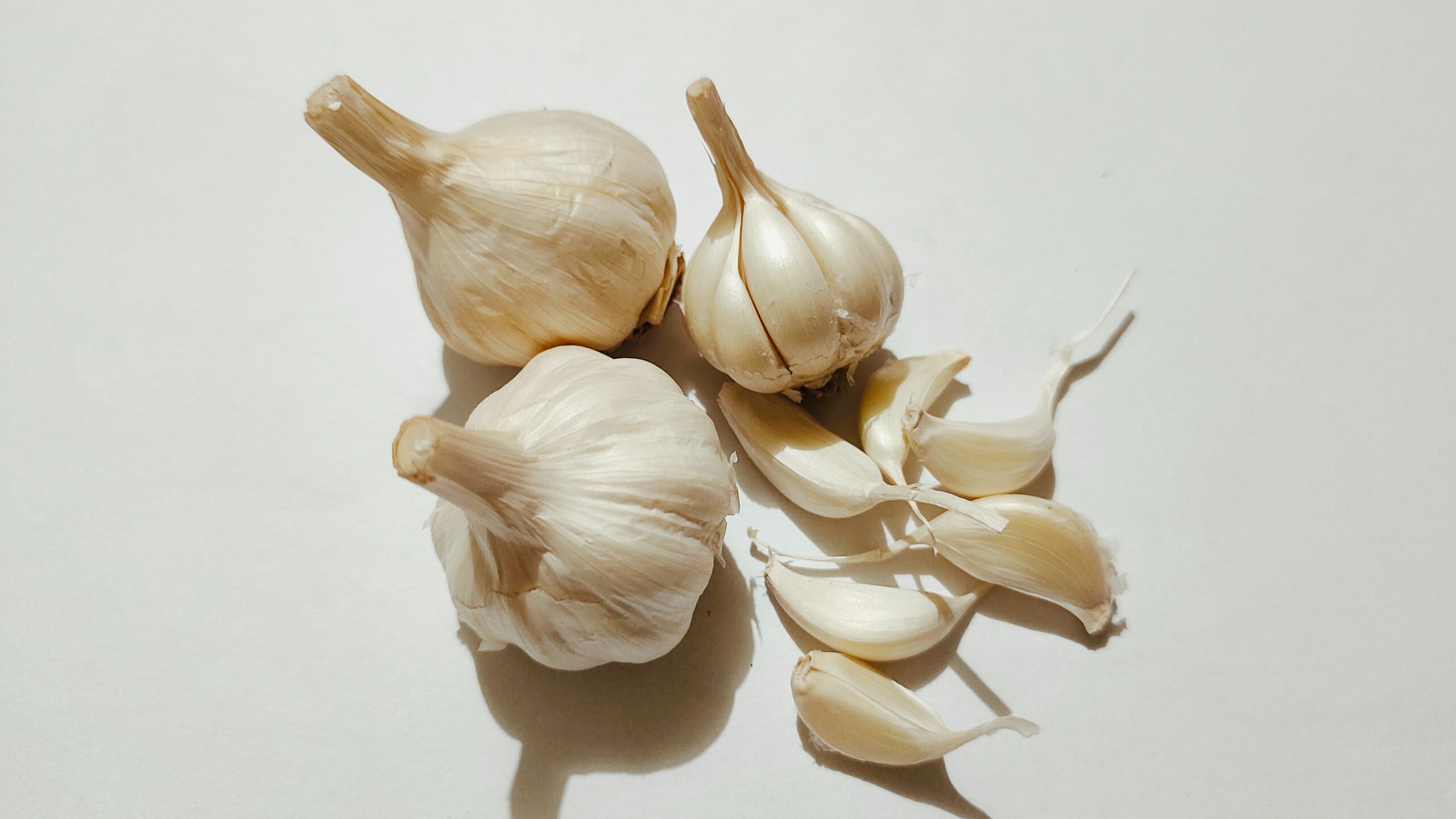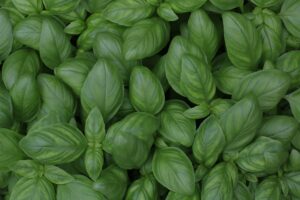Transplanting garlic entails transferring young garlic plants from one location to another, most commonly from indoor containers to an outdoor garden bed. Here’s a step-by-step guide to transplanting garlic:
1. Choose the Right Time:
Garlic is usually planted in the fall and transplanted in the spring. Before transplanting, wait until the soil is workable and the risk of frost has passed.
2. Prepare the Soil:
Garlic grows best in well-drained soil rich in organic matter. Add compost and well-rotted manure to the soil to prepare it. Make sure the pH of the soil is between 6.0 and 7.0.
3. Select Healthy Garlic Plants:
Choose garlic plants that have strong stems and vibrant green leaves. Transplanting younger plants is more successful.
4. Water the Plants:
A few hours before transplanting, thoroughly water the garlic plants. Moist soil will help the roots stay intact during the transplanting process.
5. Dig the Holes:
Dig holes in the prepared soil, spacing them according to the variety of garlic you are growing. Garlic cloves are typically planted about 4-6 inches apart.
6. Remove Garlic from Containers:
Gently remove the garlic plants from their containers. Be careful not to damage the roots or disturb the soil around them.
7. Plant the Garlic:
Place each garlic plant in a prepared hole, making sure the roots are spread out and not crowded. Plant the garlic at the same depth at which it was in the container.
8. Water Again:
After planting, thoroughly water the transplanted garlic to settle the soil around the roots. During the first few weeks after transplanting, keep the soil consistently moist.
9. Mulch:
Mulching aids in moisture retention, weed suppression, and soil temperature regulation. Apply a layer of organic mulch around the garlic plants, taking care not to bury them.
10. Provide Adequate Care:
Water the garlic plants on a regular basis, particularly during dry spells. Fertilize as needed based on soil tests and the specific needs of garlic.
11. Harvesting:
Garlic is ready to harvest when the lower leaves turn brown and die back. Harvest by carefully loosening and pulling the soil around the bulbs.
Remember that the specifics of garlic transplanting will vary depending on the garlic variety and your local climate. For the best results, always follow the specific recommendations for the garlic variety you are growing and take into account local growing conditions.
The photo is from unsplash.com



